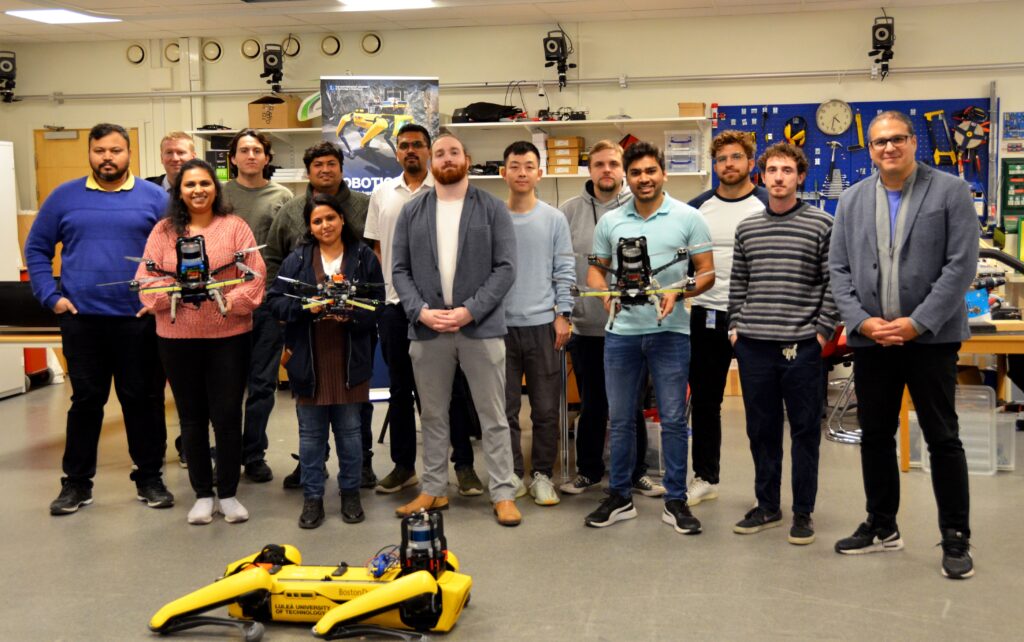The key to exploring space further lies in the technology that is called space autonomy. It is simply put earth developed robotic autonomy applied in space. The technology in itself is the complex art of making a robot autonomous, to understand the surrounding, the overall mission and take decisions to operate by itself.
This is the only solution if we want to explore space further and potentially find life into other planets, George Nikolakopoulos, Professor of Robotics and AI explains.
Luleå, the perfect environment for testing
The current robots, such as the famous Mars rover, are to a larger extent remote controlled and lack the sophisticated technology of space autonomy. This is a critical problem as in order to explore space we need the robots to delve down into tunnels and caves on other planets, since these areas have the highest chances to contain life particles that have not been affected from the solar radiation. Inside these caves the robot will lose the connection with Earth and thus must operate by itself. Similarly to how a phone will lose connection inside a tunnel. This is where the researchers at Luleå University of Technology comes into play, to develop fully autonomous robotic missions, a rapidly increasing technological area that can be addressed as Space Autonomy.
The north of Sweden makes for an excellent testing facility with its many caves and subterranean environments. Luleå University of Technology is carrying out many practical experiments with robots just minutes from the university. With the help of complex code and algorithms the robots are placed inside caves and search for gas leakages and radiation leakages for example.
Not only will this research help explore space, but it will also make robots go where humans cannot, while ensuring the safety of the operations. Characteristic examples on Earth are those from the nuclear power plants and highly toxic chemical spaces for instance, George Nikolakopoulos, says.
Field testing with NASA/JPL
The collaboration has lasted for four years and will continue for three more. In one year’s time the plan is to carry out field testing together with NASA/JPL to push the limits of Robotics and AI even further.
It is all very exciting and in the future Luleå University of Technology has the vision to create autonomy software that will empower a future robotic mission up in space. We might and we hope to play a key role in future space mission and in exploring space, George Nikolakopoulos says.
